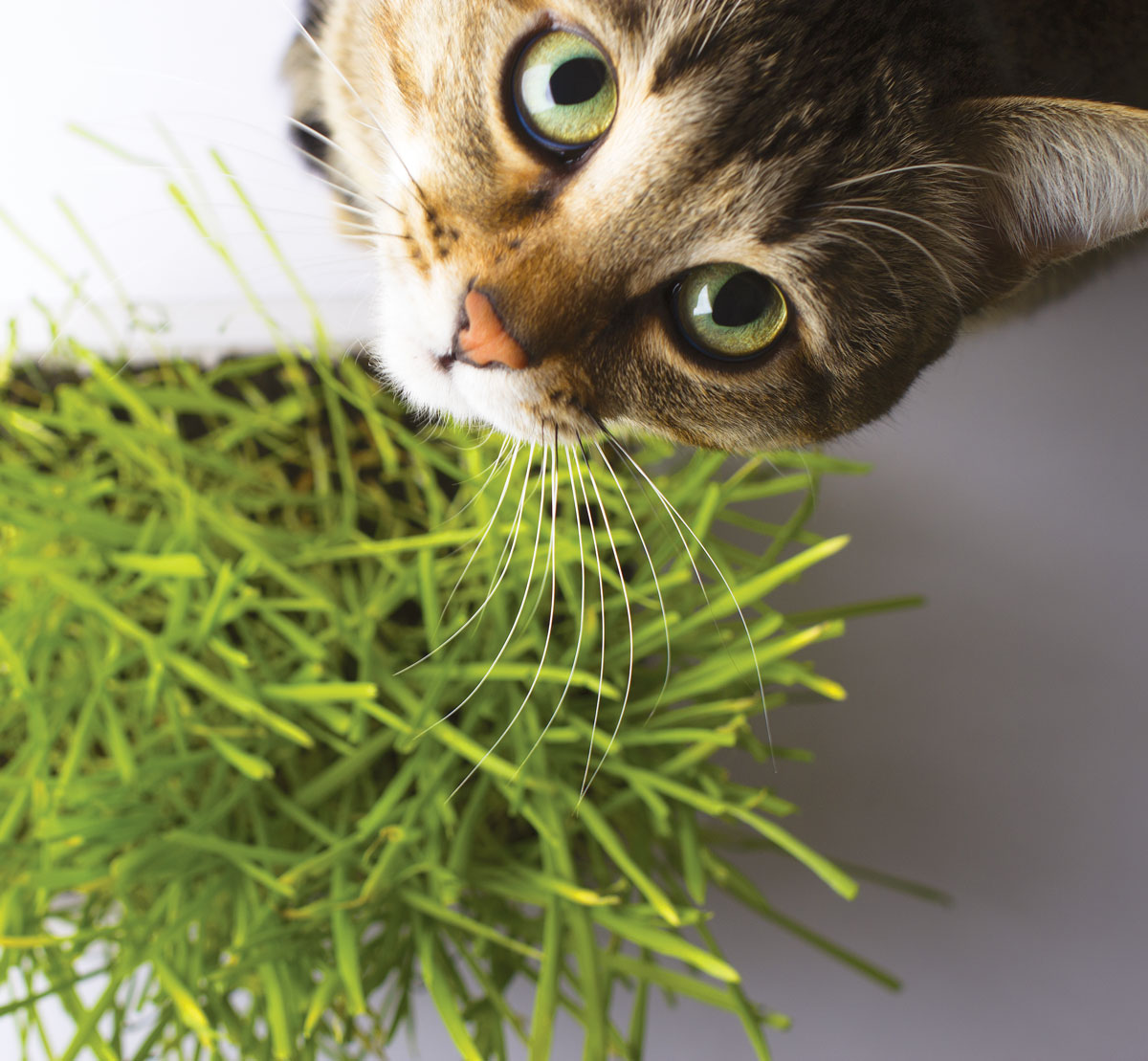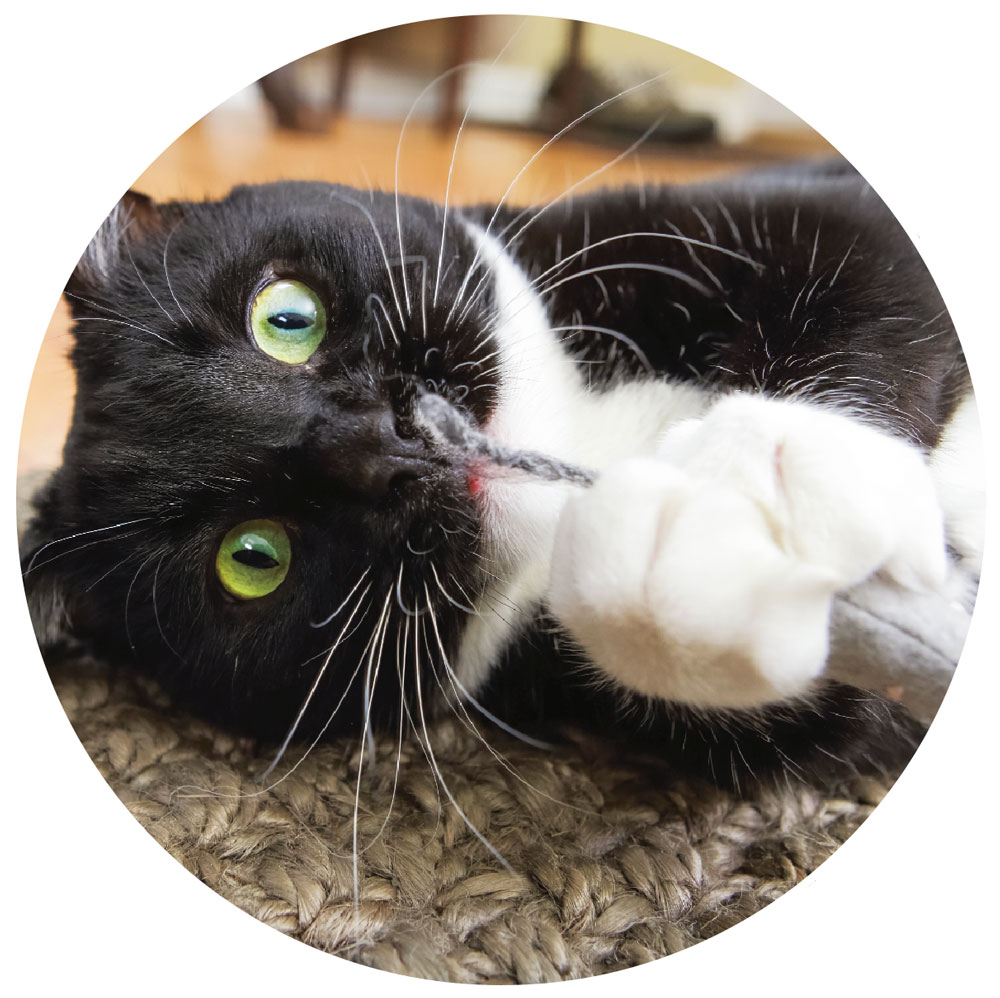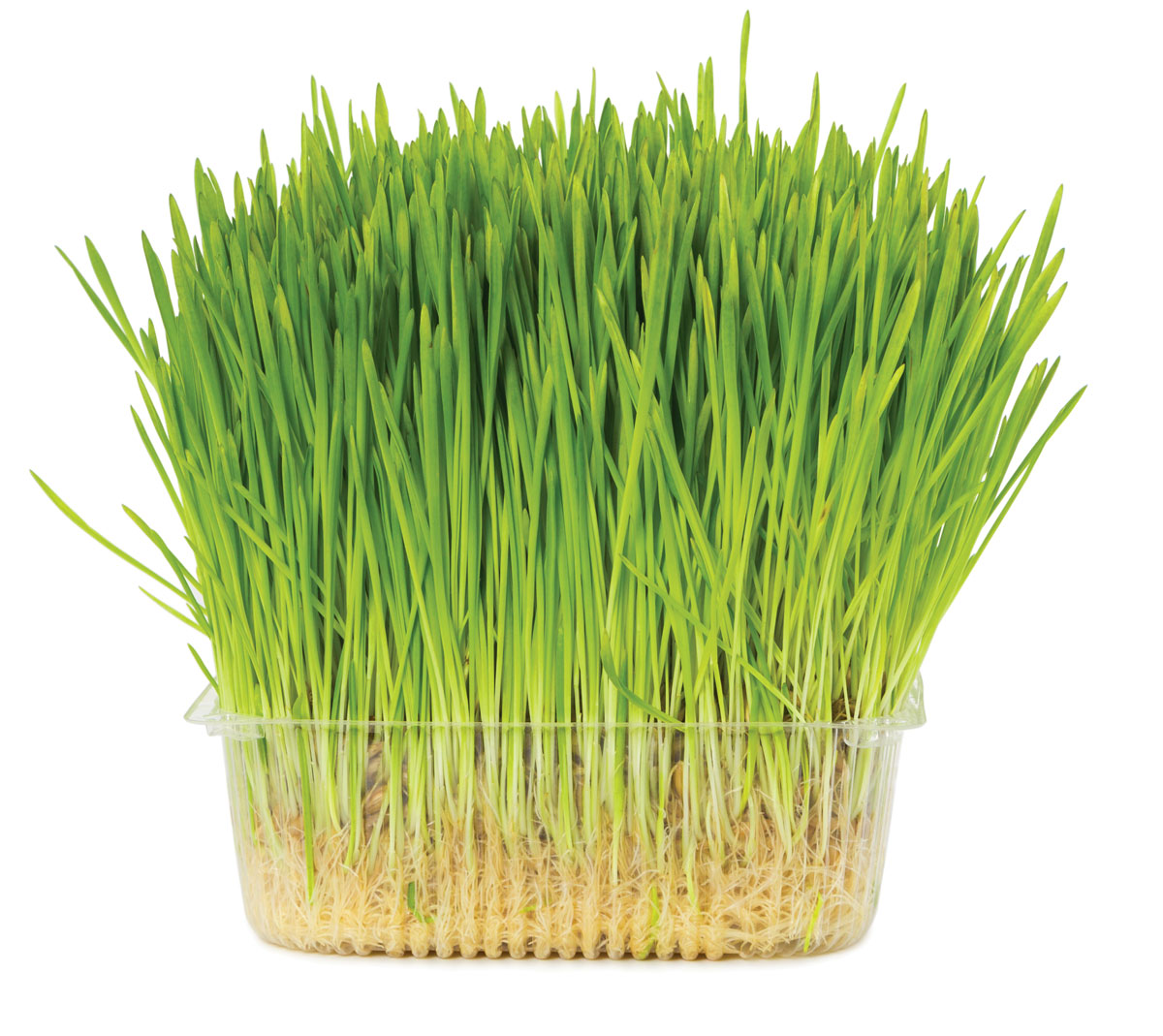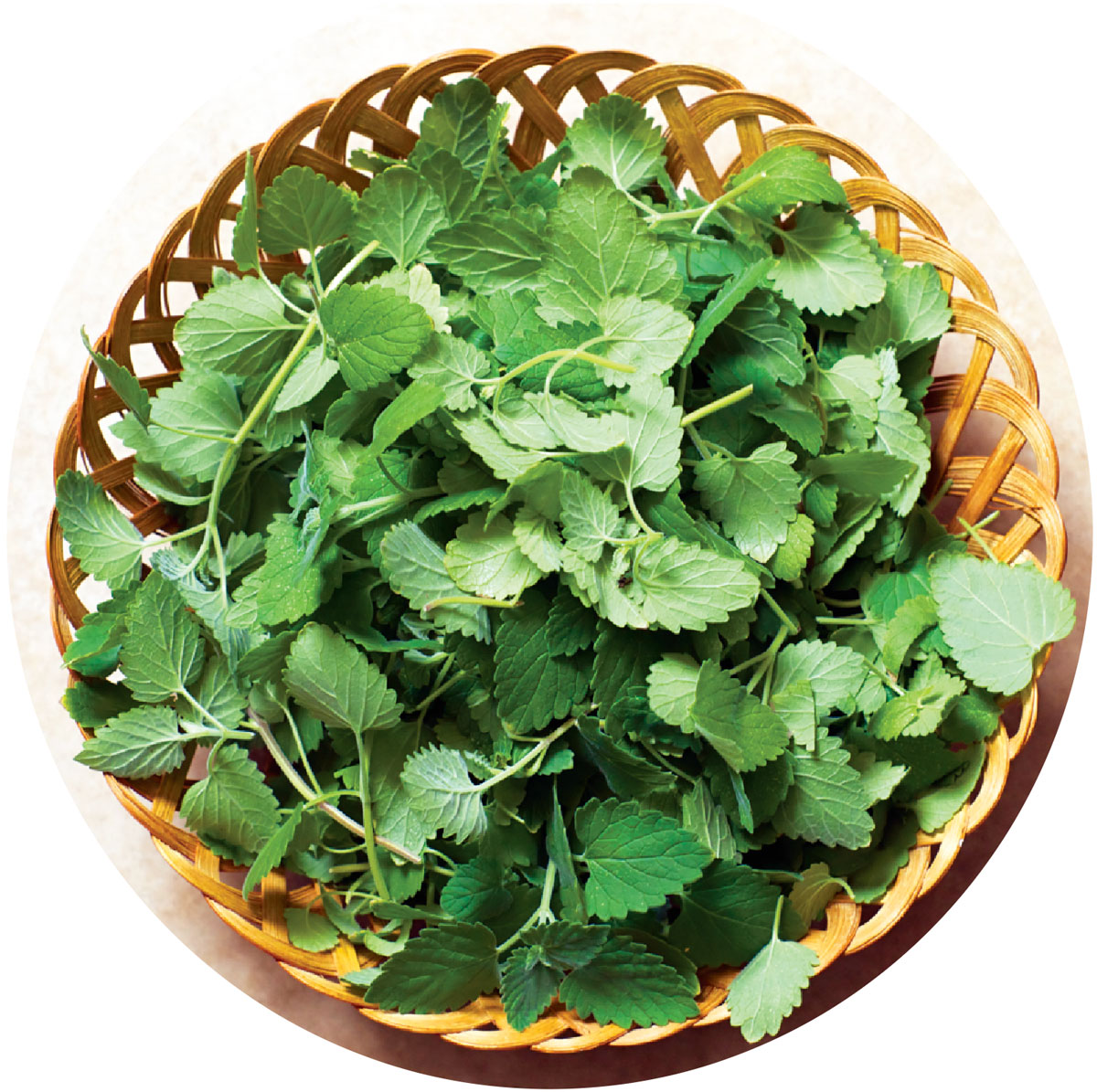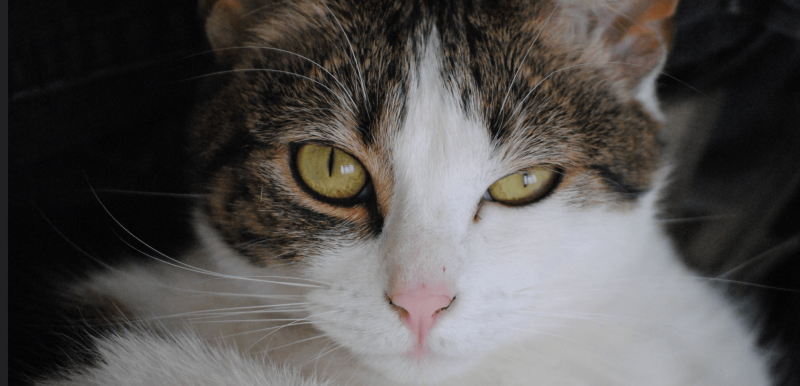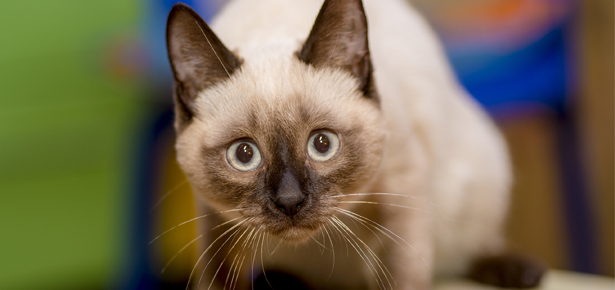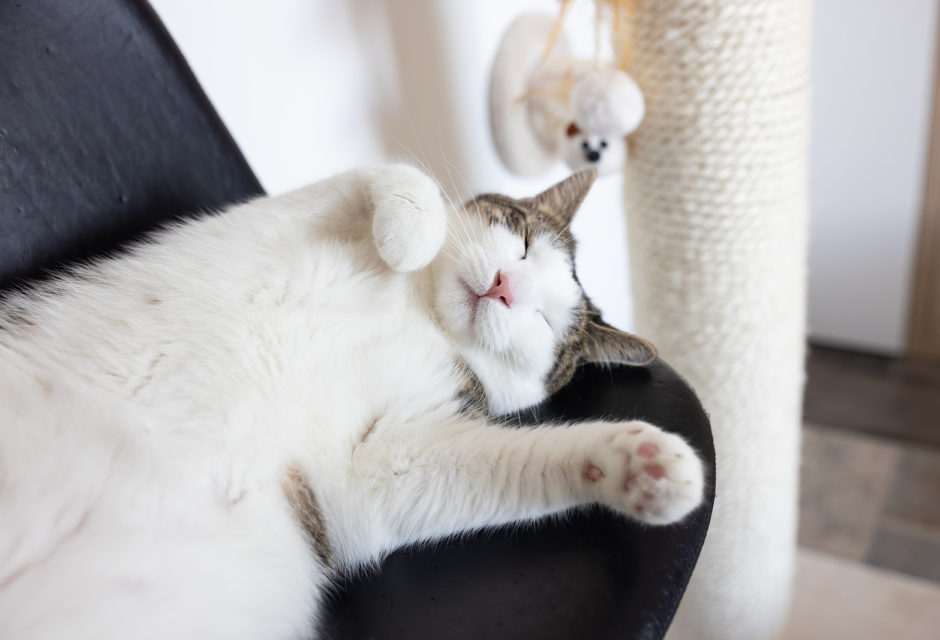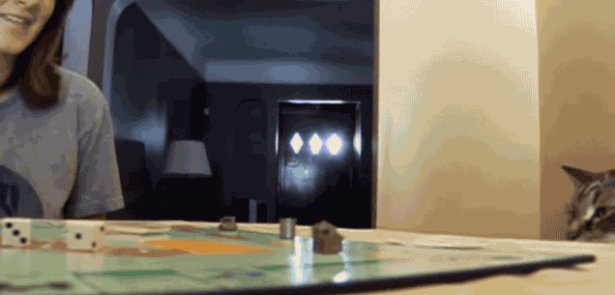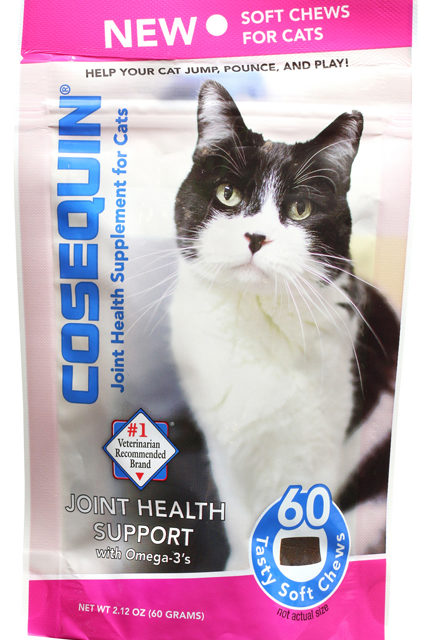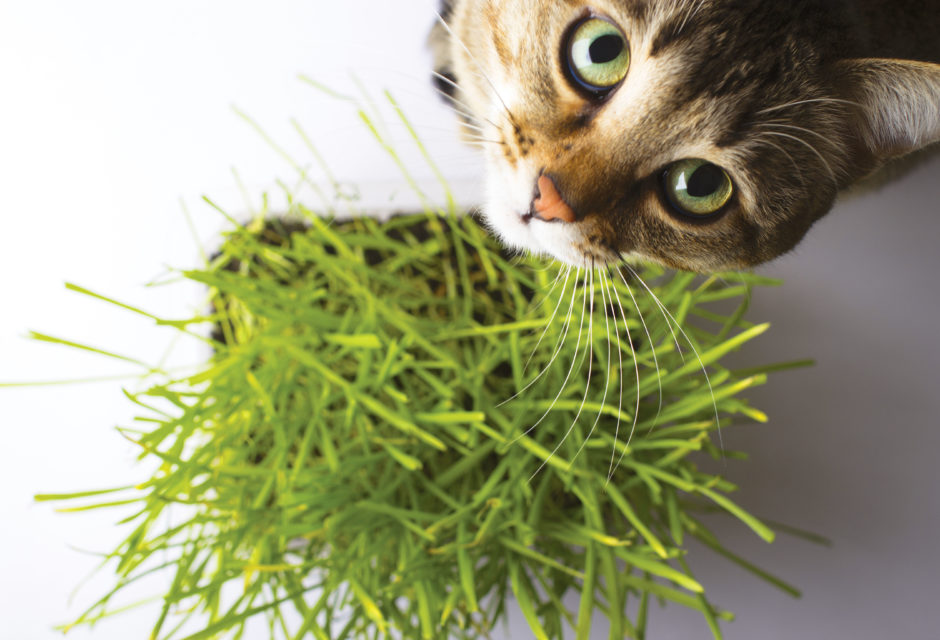
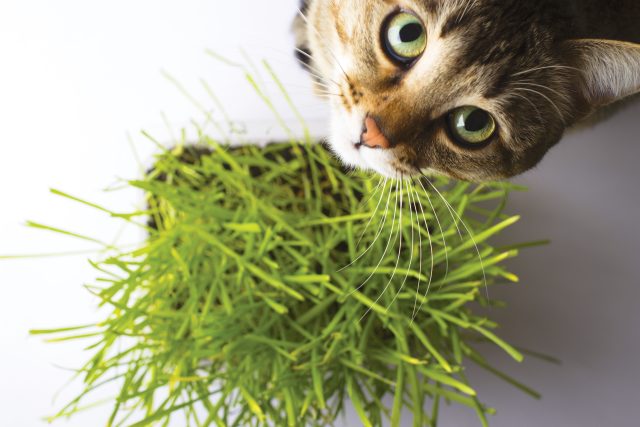
D.I.Y. Craft: Grow Your Cat an Indoor Garden!
Is your cat eating your houseplants? Offer some feline approved greens instead
Though cats, being obligate carnivores, don’t need greens, renowned veterinary behaviourist Dr. Nicholas Dodman recommends providing cat grass. It provides “roughage and entertainment,” he says, and cats may also just like the texture and taste—reason in and of itself to provide your cat with a grazing garden.
Like Dr. Dodman, Dr. Nicky Joosting of the Vancouver Feline Veterinary Housecall Service recommends that cats have access to fresh grass every day.
If your cats are kept strictly indoors, they won’t have access to fresh greens unless you provide them to your cat. The good news is it’s easy to grow your own indoor cat garden. The two most-loved cat plants—cat grass and catnip—are super easy to grow and provide both health and psychological benefits for your cat.
Cat Grass
Cat grass is actually just a cat-safe cereal grass like oat or wheat. Grazing on cat grass provides roughage, helping your cat’s digestive tract by moving along indigestible matter such as hairballs.
Don’t be alarmed if your cat coughs the cat grass back up, says Dr. Dodman. It’s nothing to worry about.
Cats will commonly overindulge if the cat grass has just been introduced. “Once they get used to it, then they will nibble their daily leaf, and only gorge when they feel the need to vomit—they do seem to use it as a purge,” says Dr. Joosting.
Cat grass also has a calming or psychological benefit and can act as environmental enrichment for stressed out kitties.
Dr. Joosting recommends providing cat grass to cats who are “wool suckers” or destructive chewers. Ditto for cats who have a penchant for nibbling or attacking other houseplants.
Catnip and How it Works
When cats rub, sniff, or lick catnip, it stimulates a euphoric response. This reaction is thanks to a volatile oil in the plant called Nepetalactone.
The oil binds to the receptors that stimulate pleasure in your cat’s brain. But here’s the rub: only 70 to 80 percent of cats will react to the plant.
Catnip Alternatives
Every cat reacts differently to catnip. If your cat has an over-the-top or even aggressive reaction, or is one of the estimated 20 to 30 percent of cats that doesn’t react at all, try a catnip alternative, like silver vine or honeysuckle.
The leaves of silver vine produce a mildly euphoric response, eliciting a catnip-type reaction from many cats. Honeysuckle has properties that act as a cat-attractant. Felines love to rub against the branches, particularly when wet.
Do This: Create a Natural Cat Cave
Dr. Joosting says training honeysuckle or silver vine to grow to form a “cat cave” may be the best thing you’ll ever do for your cat—especially if it’s in a sunny area of your home or protected balcony or catio area.
These climbing plants are best outdoors and do well on a trellis or arbour. Both plants are spring and summer bloomers that like full sun, but honeysuckle can get by in part-sun.
Get Growing!
By Darcy Matheson
Cat Grass
Growing your own supply of cat grass is easy.
It wilts after two weeks, so plant several pots a week apart for a continuous supply.
Buy seeds from your local garden or pet store. Soak them for a few hours before starting them in potting mix in a sturdy four-inch plant pot. Place in a warm, sunny spot.
It will take around two weeks for the shoots to germinate and grow. Your cat can enjoy it for a few weeks before you need to pull out the remaining shoots and plant more seeds.
Lack a green thumb? Buy your cat live, certified organic, ready to nibble cat grass delivered straight to your door at
petgrass.com.
Catnip
Best known for the “natural high” it can give your cat, it’s easy to grow catnip in your home garden. You can give catnip to your cat fresh or dried.
“Cats will roll through it, chew on it, and eat the fresh leaves as well,” says expert gardener and bestselling author Wim Vander Zalm.
This member of the mint family loves damp soil and is partial to full sunlight. You might consider surrounding this perennial plant with a cage or barrier in its early growth stages to prevent your cat from devouring all of it! Until it’s established, you may have to protect the baby plant. “Don’t be surprised if a cat makes a nest in it,” laughs Dr. Joosting.
Wim suggests growing it outside and bringing the clippings inside to provide fresh or dried. “Inside it can dehydrate; it will thrive more in an outdoor environment,” he says.
Join the newsletter and never miss out on cat content again!
"*" indicates required fields
By clicking the arrow, you agree to our web Terms of Use and Privacy & Cookie Policy. Easy unsubscribe links are provided in every email.





